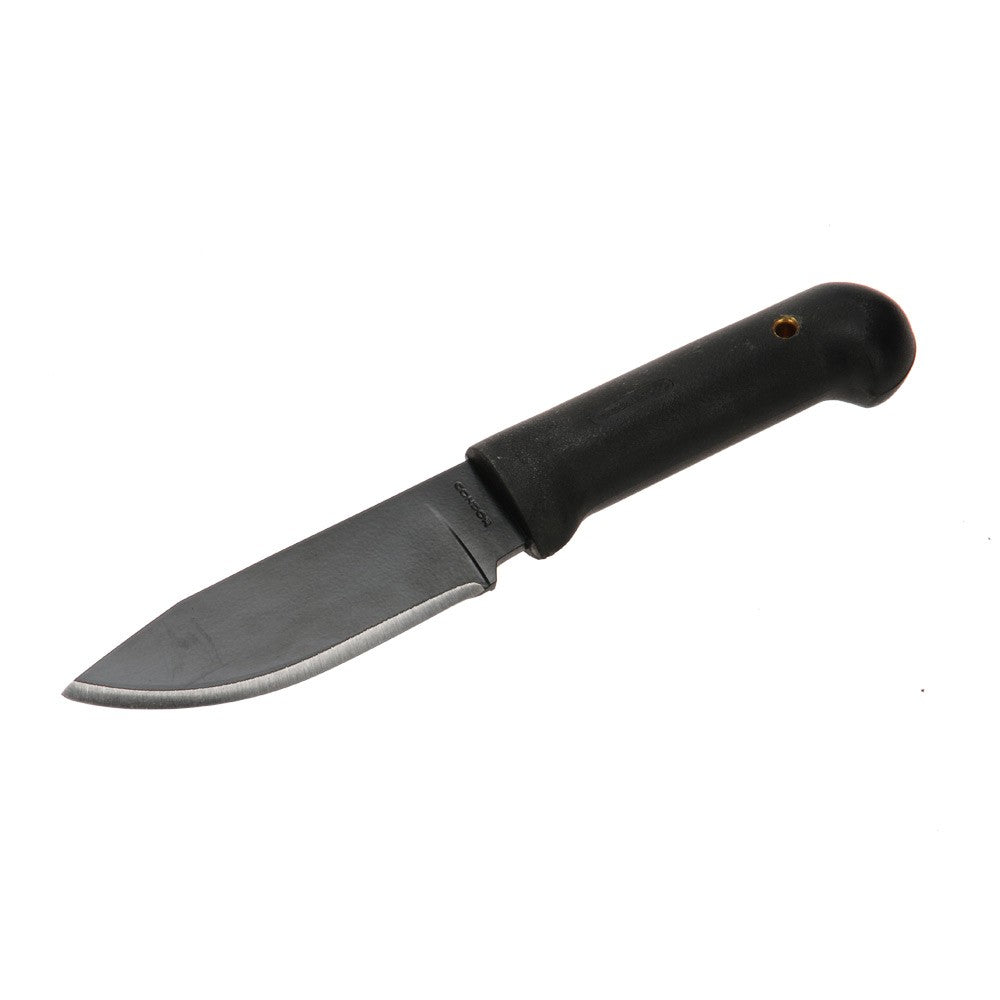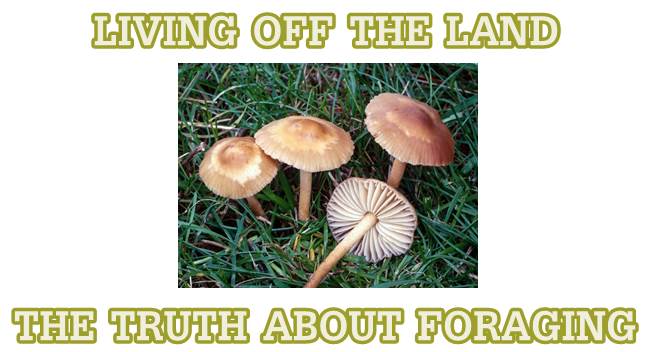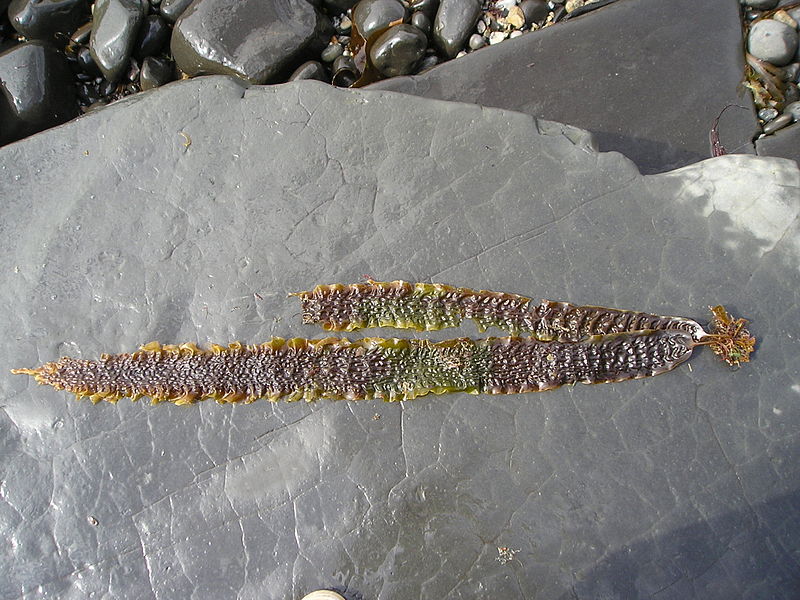
How to maintain a bushcraft knife

When using a knife in the field (or forest), regardless of the steel quality or overall build quality, if you want it to last, you will need to maintain your blade.
Some general tips regarding knife maintenance ;
1) When you finish using it, always put your knife back in its sheath or fold it down, for safety.
2) Never push your blade into the soil (the blade could get chipped if it comes into contact with stones/rocks burried in the soil). Even if the soil looks soft, it may be hiding various rocks.
3) Make sure your knife is clean and dry before putting it back into its sheath. This is particularly important for longer term storage. I have had to learn this the hard way. I pulled out my Condor Bushlore after letting it sit in a mildly damp sheath for approximately three days. Needless to say, the blade surface was a fine reddish brown and took an age to sand and polish out.
4) High carbon steel blades should be lightly oiled before storing. Pulling out your beloved knife to discover it is covered in rust can be a sad affair and can be a fairly time consuming mistake to put right.
5) Leather sheaths can become damp and if not dried out correctly will cause your knife to rust. Personally, this is why I prefer a good kydex sheath with drainage/ventilation holes. Alternatively, leave the knife out of its sheath for a few days, ensuring everything is dry.
Personally, as soon I get back home, I take a few minutes to clean and maintain all my kit, including my knife and other bush craft tools. This also involves hanging out my tent, sleeping bag and rucksack (failure to do so can lead to an unpleasant mildew build up).
As "they" say, a blunt knife is a dangerous knife. Take a few minutes to sharpen up and shape the edge, removing any burrs or chips, as necessary. This way, it will be ready to go, for your next trip.
For heavily damaged cutting edges, I find a good way to repair them is to use a sharpening system with a preset angle. Once you have removed all the burrs and chips, move on to a diamond or ceramic whetstone for putting a final, fine edge on your blade. Trying to remove chips and burrs with a whetstone can be tricky as it can be hard to keep the blade even on both sides.
If you follow these tips, your bushcraft knife can be a lifelong friend.
The Bushgear Team


